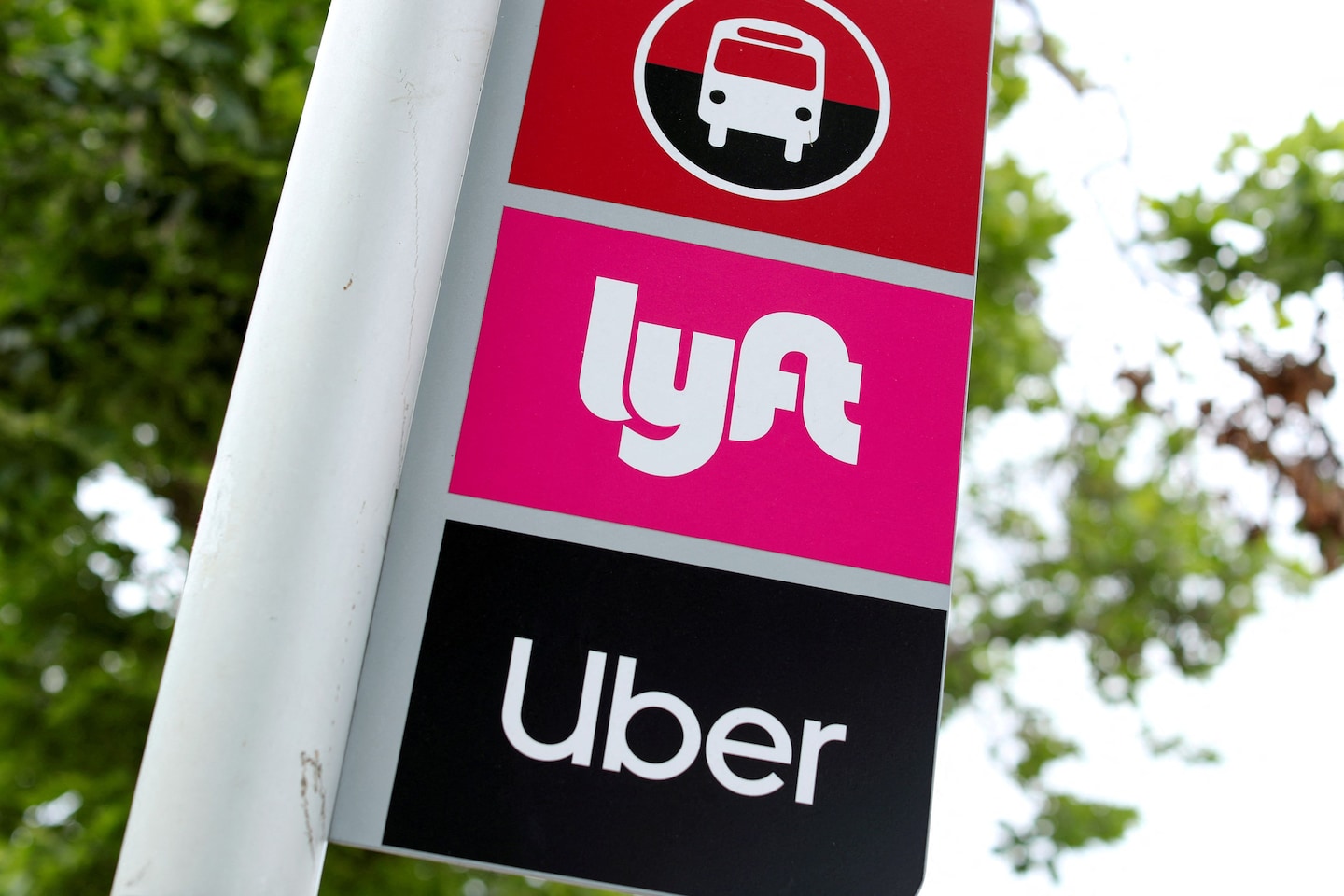Ride-hailing giants Uber and Lyft dispensed with masking requirements Tuesday, joining major airlines in axing the pandemic safety measure a day after a federal judge in Florida struck down the face-covering mandate for public transportation.
Lyft, Uber get rid of mask mandate for drivers and riders

As Americans grasp for post-pandemic life amid another increase in coronavirus infections, travel companies and airports have quickly seized on the opportunity to drop policies that have cost them money and created tensions between workers and passengers.
But the sudden departure from masking collides with a rise in coronavirus cases tied to the BA. 2 omicron subvariant, and the White House and health experts have expressed concern that the public may be abandoning masks prematurely. Now, travelers — whether on public transportation, in taxis or on planes and trains — will have to make their own risk assessments regarding the virus.
Uber and Lyft have lost roughly 20 percent of the ridership they enjoyed before the pandemic, according to Dan Ives, a managing director at the investment firm Wedbush Securities.
“Once the ruling came down yesterday Uber and Lyft needed to act quick, as the last thing they wanted was blowback from customers and drivers with [these] quickly changing mandates,” Ives told The Post in an email. “A bizarre situation would be a customer today coming off a plane and airport maskless and then asked to put on a mask in an Uber.”
Lyft also said in a blog post that drivers would no longer be required to keep the windows down or the passenger seat empty — a measure also adopted by Uber as it shifted away from covid-era safety policies.
“As of April 19, 2022, riders and drivers are not required to wear masks when using Uber,” the company announced Tuesday on its website, noting that the U.S. Centers for Disease Control and Prevention still recommended masks for high-risk people and in areas of high transmission.
Uber asked that riders “only use the front seat if it’s required because of the size of their group” to give drivers more space.
“If you ever feel uncomfortable, you can always cancel the trip,” Uber added. The company didn’t immediately respond to a request for clarification as to whether customers would pay the cost of cancellation in that case.
On Monday, U.S. District Judge Kathryn Kimball Mizelle determined that the mask mandate exceeds the CDC’s statutory authority. The federal mandate for transportation had outlasted most state and local mask ordinances. Just last week, federal officials had extended the mask mandate for commercial flights and in other settings, including on buses, ferries and subways, until at least May 3.
“This is obviously a disappointing decision,” White House press secretary Jen Psaki said Monday, adding that the CDC and White House continue to recommend wearing masks on public transportation.
A poll conducted in March by the health group KFF found that Americans were roughly divided on whether the federal government should extend the mask requirement for airplanes, trains and other public transportation (48 percent) or let it expire (51 percent). More than 7 in 10 Democrats said it should be extended, and 76 percent of Republicans supported letting it expire.
Like most in travel and transportation, Uber and Lyft are still working to pull their businesses back from the depths of pandemic losses. Uber’s revenue swelled to $5.8 billion last quarter, up 83 percent from the previous year and marking its second profitable quarter as a public company.
Lyft, meanwhile, reported fewer active riders last quarter than in the previous one, sending the stock sliding despite beating expectations on revenue, which grew to $970 million. The company said it had 18.73 million riders in the last quarter of 2021, up 50 percent year-over-year but still below analyst targets.






